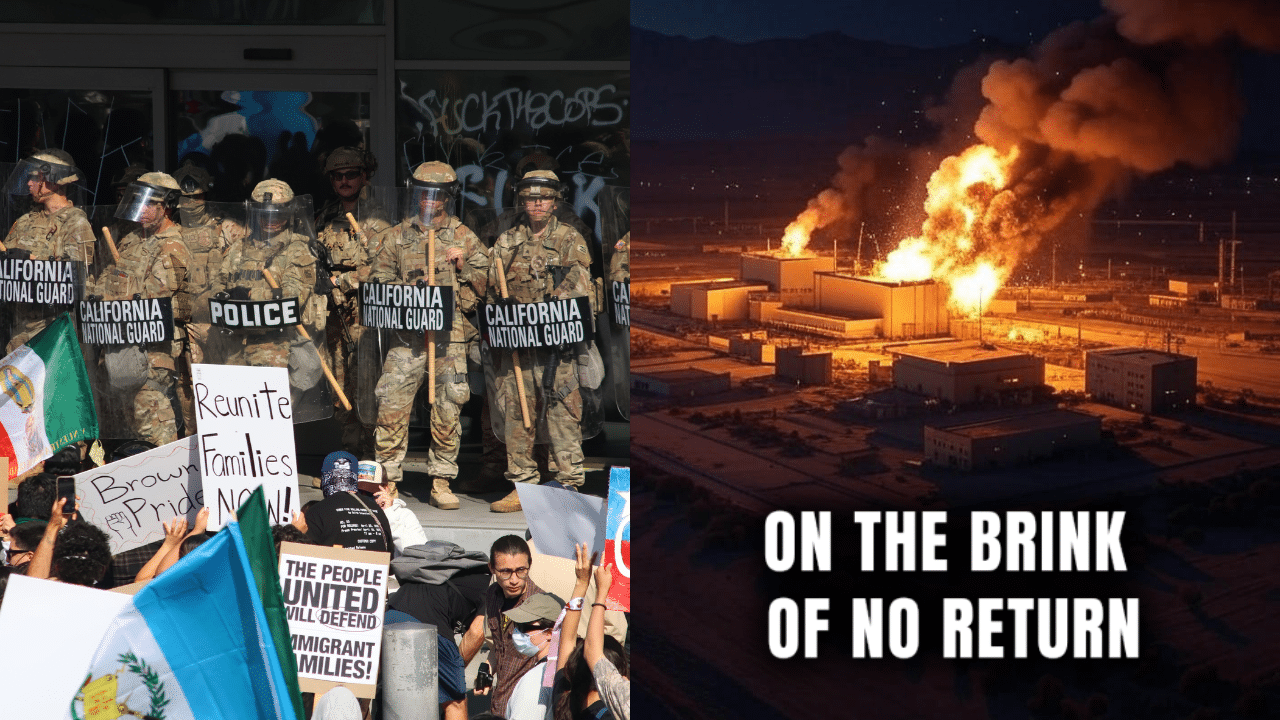A rare deluge of rainfall left blue lagoons of water amid the palm trees and sand dunes of the Sahara desert, nourishing some of its driest regions with more water than they had seen in decades.
Southeastern Morocco’s desert is among the most arid places on earth and rarely experiences rain in late summer.
The Moroccan government said two days of rainfall in September exceeded yearly averages in several areas that see less than 250 millimetres annually, including Tata, one of the areas hit hardest.
More than 100 millimetres of rain were recorded in Tagounite, a village about 280 miles south of the capital, Rabat, in a 24-hour period. The storms left striking images of water gushing through the Saharan sands dotted by castles and desert flora.
NASA satellites showed water rushing in to fill Lake Iriqui, a famous lake bed between Zagora and Tata that had been dry for 50 years.
In desert communities frequented by tourists, 4x4s motored through the puddles and residents surveyed the scene in awe.
‘It’s been 30 to 50 years since we’ve had this much rain in such a short space of time,’ said Houssine Youabeb of Morocco’s General Directorate of Meteorology.
Such rains, which meteorologists are calling an extratropical storm, may change the course of the region’s weather in months and years to come as the air retains more moisture, causing more evaporation and drawing more storms, Youabeb said.
Six consecutive years of drought have posed challenges for much of Morocco, forcing farmers to leave fields fallow and cities and villages to ration water.
The bounty of rainfall will likely help refill the large groundwater aquifers beneath the desert that are relied upon to supply water in desert communities.
The region’s dammed reservoirs reported refilling at record rates throughout September.
However, it’s unclear how far September’s rains will go toward alleviating drought.
Water gushing through the sands and oases left more than 20 dead in Morocco and Algeria and damaged farmers’ harvests, forcing the government to allocate emergency relief funds, including in some areas affected by last year’s earthquake.
Last year, California’s notorious Death Valley was also given a makeover after an unprecedented day of rain turned America’s driest place into a stunning oasis.
The spectacular national park was shut to visitors in August as Hurricane Hilary dumped a year’s worth of rain onto the parched landscape, destroying roads and turning arid gullies into raging torrents.
Two months later, that 2.2 inches of rain has transformed the lethal landscape into an unrecognizable water world with wading birds foraging on tranquil lakes.










